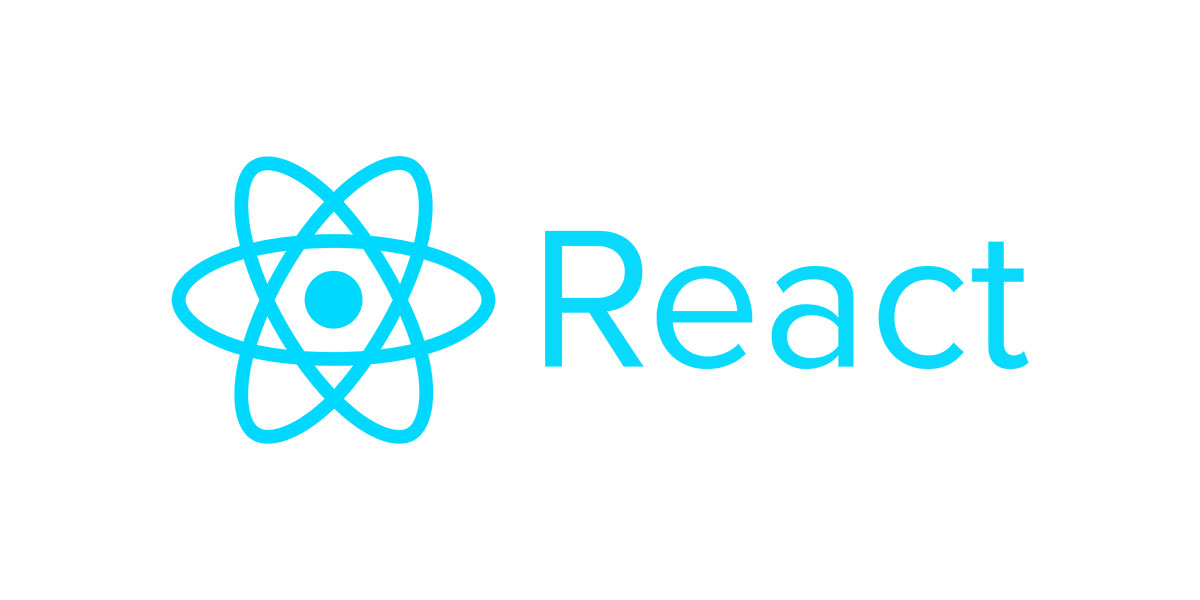React vs Angular – The Best Choice For Mobile App Development
As for front-end development frameworks, React vs Angular have multiple features such as Angular used two-way data binding, while React only uses one-way data binding. Similarly, React need a Virtual DOM that it updates using its one-way data binding, meanwhile, Angular needs an actual, real DOM, which it updates directly using two-way data binding. In recent years, both enhance the user interface to change the application pages in real-time with a broad range of functions.
The main difference between React vs Angular, React has JavaScript Library, while Angular includes an actual, comprehensive framework. If you are working with React, you can leverage additional programming libraries within it, but you can’t do that for Angular, since it doesn’t need you to do so, provides a complete framework solution for front end development.
What is Angular?
Angular is a JavaScript front-end framework using the TypeScript language. In 2010 Angular was launched and maintained by Google. It is majorly used for developing web apps, single-page web apps, and hybrid apps.
JavaScript-based AngularJS was developed by Misko Hevery and Adam Abrons to help developers build dynamic web applications with HTML templates.
Developers use Angular to develop large-scale and dynamic web applications such as e-commerce, booking platforms, or Progressive Web Apps that make a website perform like a smartphone app. It one of the top JavaScript frameworks because of its backing from Google and its coding power.

Angular is a complete toolkit for everything, so developers can build large-scale apps.
Few projects built with Angular.
- Forbes.
- Samsung Forward.
- Microsoft Office Home.
- BMW Driveaway Price Calculator.
What Is React?
The ReactJS was developed by Facebook in 2011, as a front-end Javascript library for developing user interfaces. React uses a declarative style of programming to define the UI state. React is additionally used for building web apps, native-rendered apps, and even mobile applications.
In addition to reusable library code, which saves development time and reduces coding errors. Facebook used React over Angular in production for years.
Few projects built with ReactJS.
- Netflix.
- Instagram.
- Unit Converter.
- Radix Converter.
- BMI Calculator.
- Course Learn Page.
Let’s understand about React vs Angular: which one Best Choice for Mobile App Development.

Architecture
When it comes to architecture, Angular vs React both are component-based architecture and modular components are equally reusable and robust. The common difference between Angular and JS in terms of the architecture is within the language they use.
According to StackOverflow’s survey, React uses JavaScript and the most popular language, while Angular use Typescript for web development. But Typescript is considered to be a lot more robust and error-free, most app development companies use JavaScript within their projects.
Popularity
Based on Google Trends, React has more searches than Angular. While people show more attention to Angular due to the availability of ample ready-made solutions, both are popular in the market. But React was the favorite choice amongst web frameworks and libraries in 2019.
Development speed and productivity
An Angular provide greater development experience and CLI that empowers making a workspace and design functioning applications swiftly and producing components and services with one-line commands, built-in process to resolve comprehensive issues and clean coding feature of TypeScript. But in React, the implementation speed and productivity gets affected by the contribution of third-parties libraries. ReactJS mobile app developers have to determine the proper architecture along with the tools. Also, the toolkit for React apps differs from one project to another, implying more time and effort is invested for mobile app update if the project is handed over to new developers. This specifies that Angular is better than React in terms of development speed and productivity.
Learning curve
Angular itself has a huge library and harder to master when compared to React, with a steep learning curve. An Angular framework is more dynamic and has multiple solutions to solving issues while maintaining a complex management system for its components. While typeScript closely looks like JavaScript, it also takes some time to learn. Since the framework is regularly updated, the developer desires to put some extra learning effort.
In contrast, ReactJS is much easier to learn. Based on an understanding of JavaScript, making an app with React is much easier for developers. ReactJS offers developers resources that can be used for multiple purposes within the system. This is especially beneficial for beginners who are understanding the framework and looking to build their first app using react.
DOM (Document Object Model)
The common difference between React and Angular between their use of DOM and Virtual DOM is worth immense consideration.
Angular uses real DOM where the complete tree data structure is updated even if a single section of it is modified. While React’s use of Virtual DOMS in Reactjs app development permits app developers to efficiently track and update changes to the Virtual DOM without affecting any other section of the tree data structure. Furthermore, Virtual DOM is also offered faster in performance than real DOM, which makes it much better for mobile app development. However Virtual DOM is considered quicker than real DOM, React wins over Angular in this context.
UI components
Angular has a built-in Material toolset, and it provides various pre-built material design components. There is a variety of buttons, layouts, pop-ups, and form controls. To use this, the UI configuration becomes simpler and faster.
User Interface tools for React are developed by the community. Here are a lot of free and paid UI components are available on the React portal. To make use of material design components to React, you would have to install an additional library, Material and UI Library & Dependencies.
Self sufficiency
React is a framework for UI development so that apps written with React, need additional libraries to be used. For example, Redux, React Router, or Helmet optimize the processes of state management, routing, and interaction with the APIs, such functions as data binding, component-based routing, project generation, form validation, or dependency injection require additional modules or libraries to be installed.
Angular is a complete framework for software development, which usually doesn’t need additional libraries. Data binding, component-based routing, project generation, form validation, and dependency injection, can be developed using the Angular package.
Data binding
React uses one-way data binding in which the User interface elements can be changed only after changing the model state. The developers can’t modify the UI elements without updating the corresponding model state.
Where Angular uses a two-way binding approach. This approach confirms that the model state changes automatically when any change in UI element is made or vice-versa. But Angular’s approach looks easier and effective, while React’s provides a better and streamlined data overview in the case of mobile app projects. Therefore, React victories over Angular.
Conclusion
React vs Angular is all a matter of individual preference, a matter of skills and habits. If you’re a beginner in programming, you’ll probably benefit more from starting with React. As a skilled developer, you simply working with what you know better. As a developer, you have to talk to your web development team and together choose the framework that fits all of you best, whether it be Angular or React.









